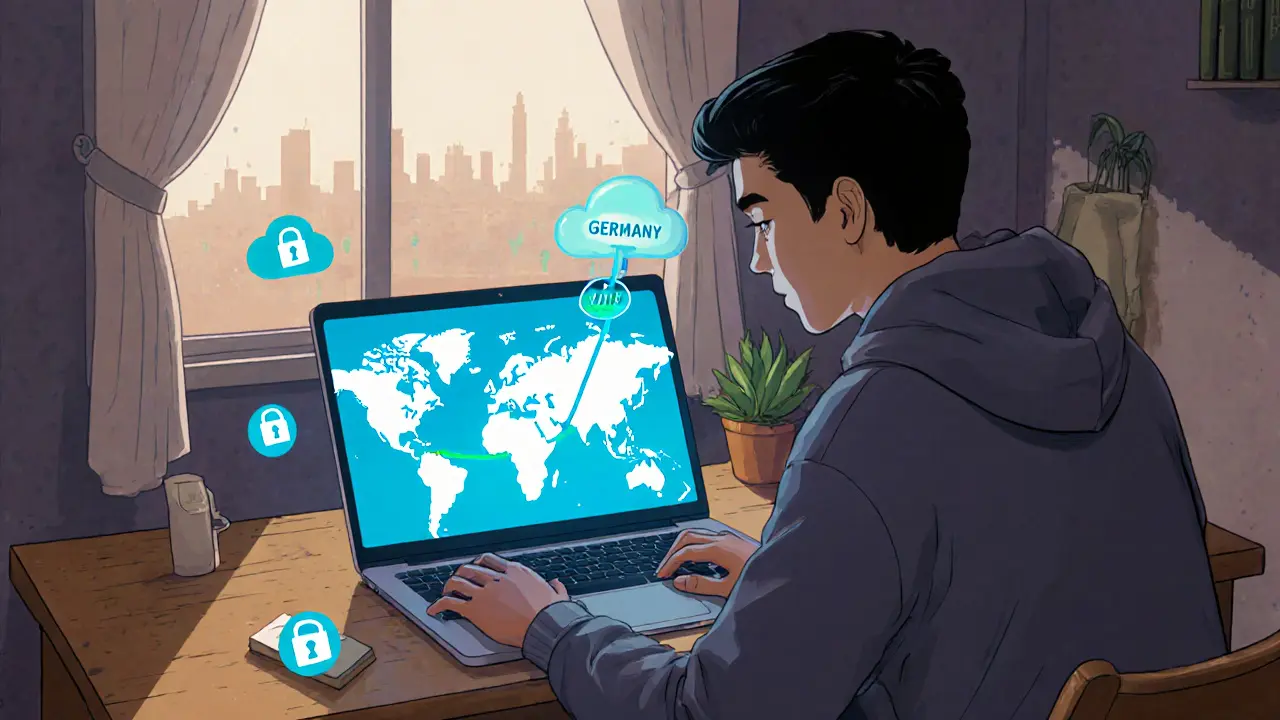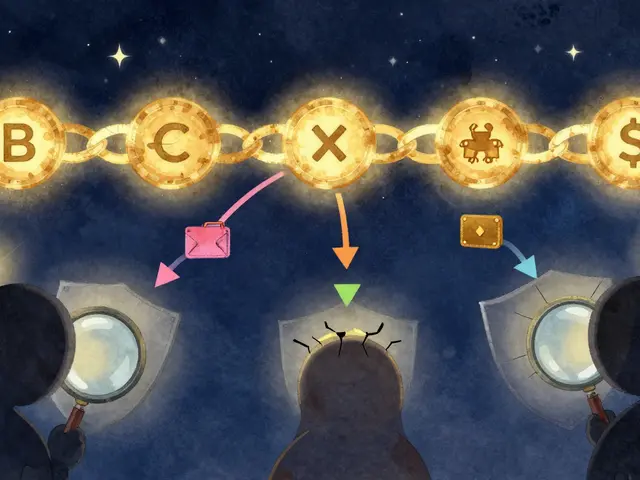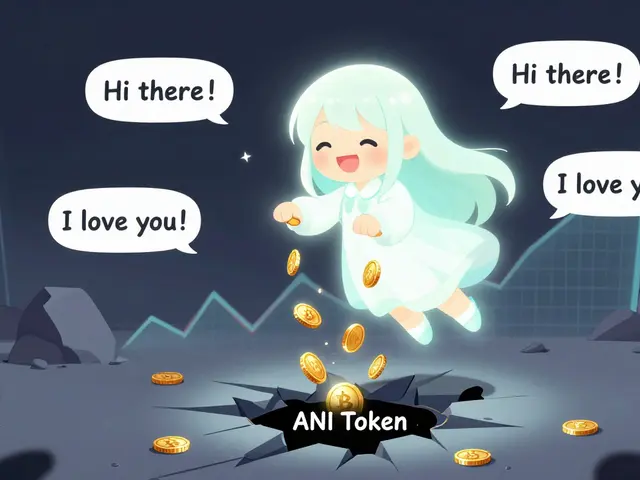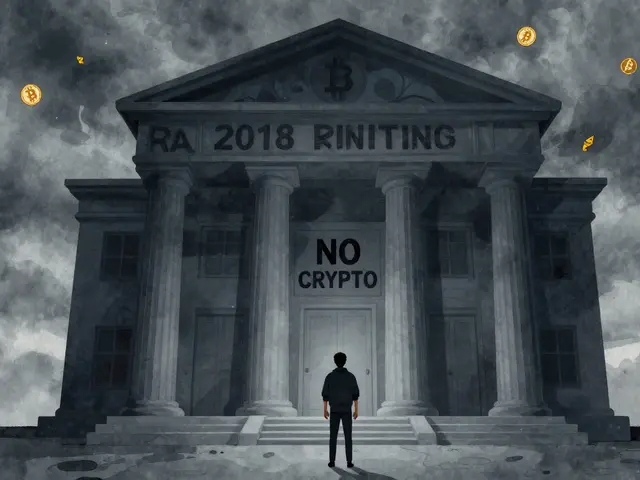Iran Crypto Traders: Navigating a Complex Landscape
When talking about Iran crypto traders, people and businesses that buy, sell, or hold digital assets within Iran’s unique economic and regulatory environment, three forces dominate the conversation. First, sanctions, U.S. and international restrictions that limit financial flows and force traders to find work‑arounds for cross‑border transactions shape every decision, from exchange choice to wallet setup. Second, the rapid cryptocurrency adoption, the growing willingness of Iranians to use Bitcoin, stablecoins, and DeFi platforms as an hedge against inflation fuels demand for reliable on‑ramps. Finally, home‑grown platforms like Nobitex, Iran’s leading crypto exchange that offers fiat‑to‑crypto services while complying with local rules become the de‑facto hubs for daily trading. Together, these elements create a web where Iran crypto traders must balance risk, opportunity, and compliance.
Key Factors Shaping Iran Crypto Trading
Understanding the ecosystem starts with the regulatory backdrop. Iran’s central bank classifies crypto as a permissible asset for foreign transactions but cracks down on unlicensed exchanges, making licensing a critical hurdle for platforms. This legal ambiguity pushes traders toward licensed services like Nobitex, which offers KYC procedures that satisfy local authorities while still enabling swift crypto purchases. At the same time, sanctions drive innovation: many users adopt peer‑to‑peer networks, utilize privacy‑focused wallets, or engage with offshore services that accept Iranian rial through indirect routes. These work‑arounds often involve higher fees, but they also demonstrate the resilience of the community.
Beyond policy, economic pressure fuels adoption. Hyperinflation and limited access to foreign currency make stablecoins such as USDT and USDC attractive stores of value. Local DeFi projects emerge, offering yield farming and staking opportunities that promise higher returns than traditional banking. Yet, each of these options brings its own set of risks—smart contract bugs, liquidity shortfalls, and the ever‑present threat of a sudden regulatory clampdown. Traders therefore adopt a layered security approach: hardware wallets for long‑term holdings, multisig solutions for DAO‑style treasury management, and constant monitoring of exchange health indicators.
The posts collected on this page reflect these real‑world challenges and solutions. You’ll find deep dives into how sanctions have reshaped the market, practical guides for safely navigating airdrops, and comparative analyses of mining‑friendly jurisdictions that some Iranian miners consider for offshore operations. By the end of the list, you’ll have actionable insights on everything from choosing the right exchange to protecting your assets against both technical glitches and geopolitical shifts. Let’s explore the curated articles below, each designed to help Iran crypto traders make smarter, safer decisions in a fast‑moving environment.
VPN Crypto Iran: How Traders Get Detected and How to Stay Safe
Explore how Iranian crypto traders use VPNs, the latest detection methods, recent enforcement crackdowns, and practical steps to stay safe while trading online.





